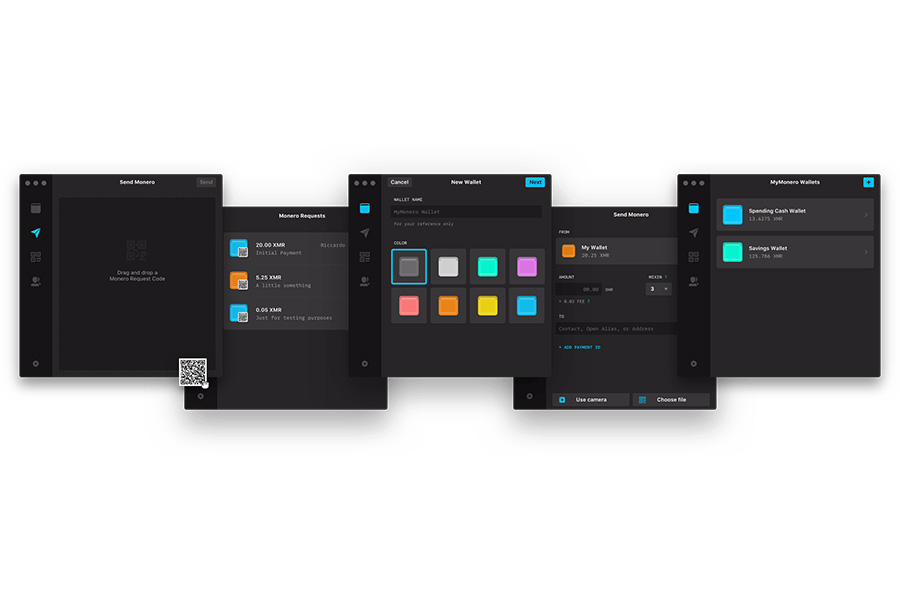“Smart technology” refers to internet-connected devices that autonomously gather data and self-adjust to improve experiences and efficiency. As smart tech spreads into more areas like homes, healthcare, cities, and industry, it creates opportunities from convenience to sustainability.
Convenient Control
One expanding opportunity comes from gaining convenient command of environments despite location. Known as the “Internet of Things” (IoT), smart gadgets connect to shared networks to enable this remote oversight and management via apps and dashboards. Through smart technology, users can visibly monitor something’s status, conditions, operations, and more from afar. If any metric falls out of range, the system sends alerts. Users also retain control capabilities like unlocking doors, adjusting thermostats, and turning off appliances no matter where they find themselves thanks to connection capabilities. This allows people to observe and alter surroundings for convenience, comfort, and peace of mind.
Predictive Analytics
Besides observation and control, smart infrastructure unlocks predictive insights. The multitude of sensors in smart settings like buildings, factories, and cities collect extensive data on component performance and external factors affecting them. Advanced analytics then assess patterns across equipment lifespans to forecast needs like maintenance, upgrades, inventory restocks and danger alerts. Managers use these analytics to catch issues before catastrophe or even prevent reductions in efficiency. Predictive smart analytics enable better planning, decision making and risk management. When organizations know what to prepare for and when, they avoid unnecessary costs and crises.
Increased Productivity
Smart automation technology promises to heighten workforce productivity exponentially while lowering costs. Equipping facilities with interconnected AI and robotics mean many repetitive administrative and manual labor jobs become unnecessary. Employees handle more stimulating roles, like engineering, design, customer service, and strategic oversight. Robotic process automation tackles everything from data processing to inventory auditing and forklift driving instead. Intelligent algorithms even manage various analytical duties previously occupying teams. Removing dull, time-consuming tasks from staff workloads results in higher engagement, innovation, and collective productivity.
Informed Decision Making
Interconnectivity grants real-time visibility across once fragmented operations for better decision making. Managers often lacked context to select ideal responses. However, according to the experts at Blues Wireless, with industrial IoT solutions uniting data streams from personnel, inventory, equipment and finances, leadership can base choices on complete system intelligence. Supply chain leaders might halt an equipment order noticing sufficient regional stock. Energy grid controllers may tweak power distribution by detecting a neighborhood running high. Interconnected data provide decision makers more clarity to weigh options accurately.
Improved Experiences
Finally, smart technology creates opportunities to customize solutions and directly enhance stakeholder experiences. Amusement parks leverage guest movement patterns to suggest optimal attractions and reduce waiting times. Smart healthcare apps learn user behaviors and preferences to deliver personalized health resources. Smart homes automatically adjust lighting, music, and appliance usage to resident habits and moods for ideal ambiance. City transit systems can even tweak routes, pricing, and arrival predictions based on traveler data to ease commutes. With user context, smart systems tweak operations around individuals. tailoring experiences to modern expectations and pain points. This direct customization powered by smart tech ensures exceptional and unique encounters.
Conclusion
As growing innovation enables more objects and systems to sense, connect, analyze, and automatically adjust, smart technology unlocks immense potential. With widespread adoption, smart networks bring convenience, predictive insights, increased productivity, optimized resource usage, informed decisions, and customized experiences. Early smart infrastructure already facilitates remote oversight, automated operations, damage prevention, waste reduction and personalization across industries. And future opportunities remain undiscovered. Unlocking these benefits requires initial investments but returns long-lasting rewards. Ultimately, smart technology allows organizations to focus on big-picture strategy while streamlined, intelligent networks handle the rest for mutual success.




